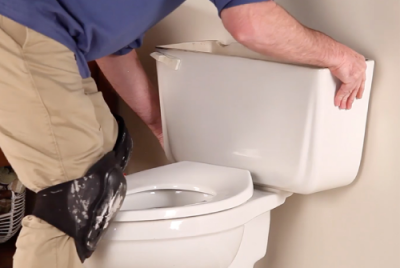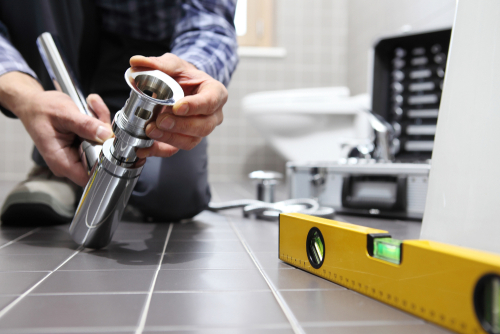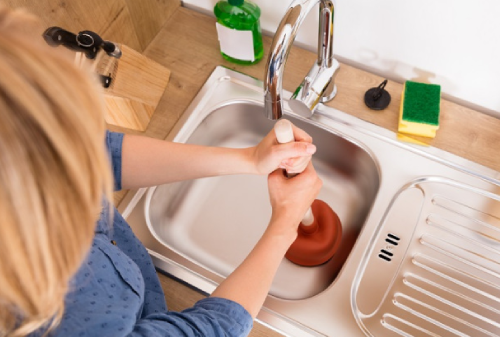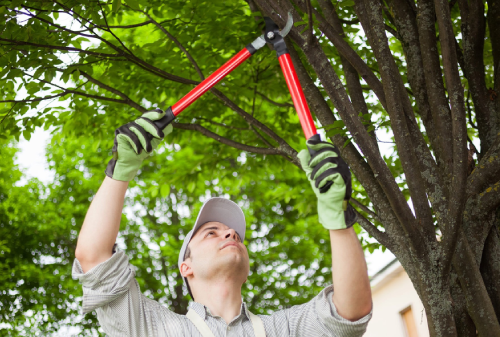Toilets have a long life span, considering how often they are used. A well kept toilet can last up to 15-20 years, sometimes even longer, before it needs to be replaced. If you’re in the market for a new toilet, it’s important to know what you can expect when it comes to installation and the related costs. Read on to learn everything you need to know about the process of installing a new toilet.
When to Replace?
The addition of a new toilet can help you save money and make your bathroom look great. Additionally, modern toilets are more comfortable and function better than older ones. Pay close attention to these signs to see if you need to replace your toilet. If you’re still unsure, a professional plumber will be happy to take a look for you.
Process of Toilet Installation
Toilet Location
The first step to installing a toilet is deciding if it is going to remain in the same spot, or be moved. If you move it, you may have to adjust your bathroom plumbing to accommodate the change. To keep the cost of your project down, it’s cheaper to install your new toilet in the same place as your old one.
Flange
The flange is the pipe fitting that mounts the toilet to the floor and connects the toilet to the drain pipe. If you are keeping it in the same spot, then no new work will be needed as the existing flange will be used. Sometimes old flanges will need to be replaced if they are worn. A professional installers will know best. If you do move it, a new flange will have to be placed. Once the flange is sorted, a pro will connect two bolts to the flange.
Wax Ring
A wax ring is then added to the top of the flange. The wax ring sits between the base of the toilet and the flange and acts as a barrier to prevent any flushed sewage from seeping onto the floor.
Base and Tank
The base of the toilet, which sits on top of the flange and is connected to the two bolts that were added at the beginning, is now placed. Once positioned correctly, the bolts will be tightened using washers and nuts. At this point, it’s important to ensure that the toilet is levelled before proceeding as unlevelled toilets can lead to leakages. The toilet tank will also be added at this stage.
Supply Line
Once the base and tank of the toilet are secure and level, the pro will next attach the supply line. In order for the toilet to flush, there must be water to fill the tank. The supply line runs water into the tank of the toilet to allow this to function.
Fill Tank
Once your water line is connected, the pro will fill the tank with water. While doing so, they will be looking for any leaks that may be occurring. They will also be adjusting the fill valve to ensure that the tank is filling up enough to be able to operate. The fill valve assists in refilling the tank after a flush. It is important to be operating properly because if it isn’t, no water will be refilled into the tank, which will not allow the toilet to flush.
To DIY or Not to DIY
Replacing a toilet in Sydney that doesn’t require any new plumbing is fairly simple. So much so, that homeowners often attempt to do it themselves. While you might be successful, there is a risk of an incomplete install leading to further problems. This is why it is best to hire a professional for this project. A pro will ensure that the toilet and plumbing is installed correctly and to code, reducing the risk of future repairs and costs. You don’t want to attempt to install a toilet and end up flooding your house.
Cost
The average cost to replace your toilet is $100-$200 for the toilet and then an additional $150-$200 for the installation fee. However, this number can rise as high as $800, depending on the condition of the bathroom plumbing, the amount of work required (moving plumbing or adding new plumbing), and other unexpected issues during install. The cost of labour and which plumber you use can also cause the price to inflate. Contact a professional today for a quote.
Toilet installation is not an especially time-consuming job, but it does require physical exertion and a fair amount of expertise. As with most plumbing jobs, there are complex factors involved in toilet installation. Many mistakes that lead to toilet repairs can be avoided by relying on a professional plumber for toilet installation. Even a small misstep, such as misaligning the toilet on the wax ring, can lead to toilet leaks. Some people may think that toilet installation in their own bathroom is easy. What they may not realise is that making even a single small mistake can result in an expensive toilet repair. In addition, when homeowner’s do their own toilet installation (or any other plumbing) it could possibly void the manufacturer’s warranty. In some extreme circumstances, a home owner’s policy will not pay out if they learn that damage was caused by an unlicensed person completing a plumbing project, no matter how small.
Understanding the process of replacing your toilet should ease any worries you may have. Toilets seem like complex fixtures but are actually quite simple. With that being said, while you might be eager to attempt this process yourself, it’s best to hire a licensed and certified pro to complete it for you.












